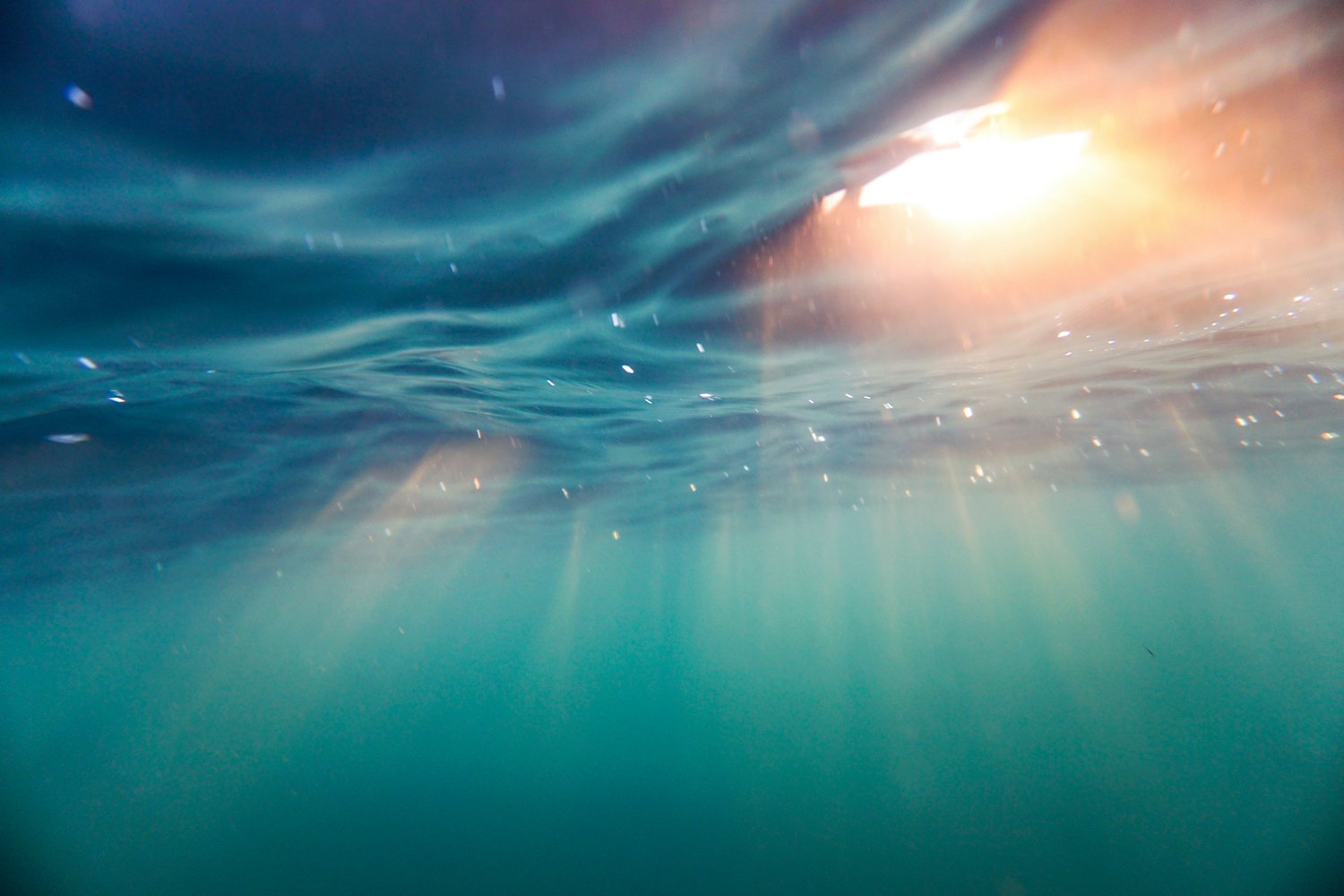With support from NOAA, alt seafood could help sustainably meet the growing demand for seafood

As global demand for seafood continues to grow, our oceans are becoming increasingly strained. In an attempt to meet this growing demand, the National Aquaculture Act of 1980 established aquaculture as an official United States policy priority. The legislation, which was aimed to both develop the domestic aquaculture industry and coordinate related activities across federal agencies, was based on the facts that wild capture fishing would not meet demand for fish and shellfish, that the United States maintained a trade deficit in seafood, and that it was falling behind in aquaculture production relative to the global trend.
But aquaculture alone cannot both feed the global population and sustain healthy oceans. Now, 41 years later, alternative seafood is emerging as a technology that can meet this demand without putting a strain on wild fisheries. This World Oceans Day, we’re sharing why the National Oceanic and Atmospheric Administration (NOAA) should fund open-access alternative seafood research to bolster U.S. seafood production and protect our oceans.
Alt seafood could sustainably boost the U.S. seafood supply
Though domestic aquaculture production has grown substantially since 1980, the United States remains a minor player in the global industry, ranking 17th among nations for total production as of 2017. The desire for domestic aquaculture growth in the United States has led to calls for action on varying levels, including legislation like the recently introduced the Advancing the Quality and Understanding of American Aquaculture Act or the (AQUAA) Act, strategic interagency plans for developing the industry, and an increasing focus on aquaculture development within NOAA. The Office of Aquaculture within NOAA in particular is tasked with “ensuring that U.S. marine aquaculture grows sustainably.”
NOAA’s goals for advancing domestic aquaculture closely resemble the approach that the alternative seafood industry and research ecosystem are taking to economic and environmental resilience. Open-access research in alternative seafood would further boost the nation’s supply of healthy and sustainable seafood and should be a priority for NOAA. The Department of Commerce should, through NOAA, award grants to enable high-impact, open-access research to develop affordable and accessible plant-based and cultivated seafood.
Alternative seafood can create jobs in both coastal and inland regions
Alternative seafood provides the benefits of marine aquaculture without the risks. These benefits include “a year-round source of high-quality jobs and economic opportunities in coastal communities that augment seasonal tourism and commercial fishing,” which are highlighted by NOAA’s Office of Aquaculture. Seafood producers could make seafood from plants and grow fish and shellfish directly from cells in coastal areas without risking damage to marine ecosystems.
Alternative seafood can bring benefits to inland communities as well. Not only can plant-based and cultivated seafood producers bring fresh alternative seafood to regions without access to conventional seafood, but strategically located production facilities can create jobs. For example, Gathered Foods, maker of Good Catch plant-based tuna, recently opened a manufacturing plant in Heath, Ohio, bringing jobs to the midwest.
The Office of Aquaculture points out, “Marine aquaculture is also a resource-efficient method of increasing and diversifying U.S. seafood production that can expand and stabilize U.S. seafood supply in the face of environmental change and economic uncertainty.” The same arguments for aquaculture can be applied to alternative seafood. As demand for seafood grows, and the U.S. seafood trade deficit grows with it, alternative seafood offers a new source of the fish and shellfish that Americans love. Plant-based and cultivated seafood are inherently more resource-efficient than traditional seafood production methods because they do not require calories to be cycled through an animal.
Alternative seafood could support NOAA’s environmental goals
NOAA is leading the way on increasing resilience by diversifying our seafood supply in the face of a changing climate. Unlike aquaculture, alternative seafood production does not require any wild fish as feed, takes place away from fragile ecosystems, and involves the production only of the end product that consumers want. In addition, while greenhouse gas emissions are growing in the conventional seafood sector, they are expected to fall over time in cultivated seafood as producers employ greater amounts of renewable energy.
Given NOAA’s purpose, “the stewardship of the nation’s ocean resources and their habitat,” enabling essential research to advance a new form of sustainable seafood production fits well within the bounds of the Administration’s mission.
“Each one of us—no matter where we live—depends on a healthy ocean to survive and thrive and each one of us can take action now to conserve and protect our blue planet,” says Bill Mott, director of The Ocean Project. “We can choose to eat and live more sustainably, and also can let our government officials know that we support ongoing efforts to protect at least 30 percent of our lands, waters, and ocean by 2030 to help safeguard Earth’s life support systems. Increased investment in alternative seafood R&D can be a practical and much-needed complement to the 30×30 goal, reducing the pressures on overfished species and enabling the recovery of important habitats.”
Alternative seafood requires public support—and NOAA is the perfect fit to provide it
Despite all the potential economic and environmental benefits alternative seafood could offer, it remains a relatively small industry. Virtually no public research funding in the United States has been directed to plant-based and cultivated seafood. Because the vast majority of research to date has been conducted within private companies, very little open-access research has been published. Public funding for this new industry—and the subsequent available public resources—will accelerate innovation and lower the barrier to entry for future researchers and companies.
NOAA specifically is well-situated to develop and manage a program to fund research to develop alternative seafood. The Sea Grant National Marine Aquaculture Initiative (NMAI), a competitive grants program for research to develop sustainable marine aquaculture, would be an excellent model for a similar program advancing alternative seafood.
With its unparalleled insight into all that’s needed to create a sustainable and resilient domestic seafood industry, NOAA is the perfect organization to protect our oceans by accelerating alternative seafood research. With the right support, this industry could play a key role in developing a more sustainable, secure, and just protein supply.

